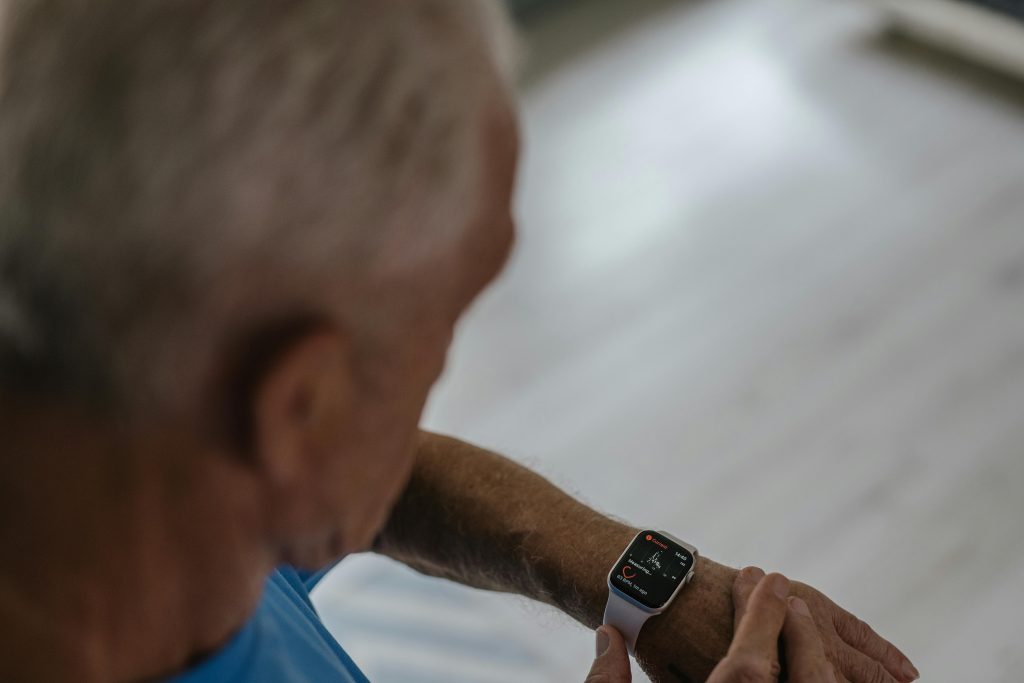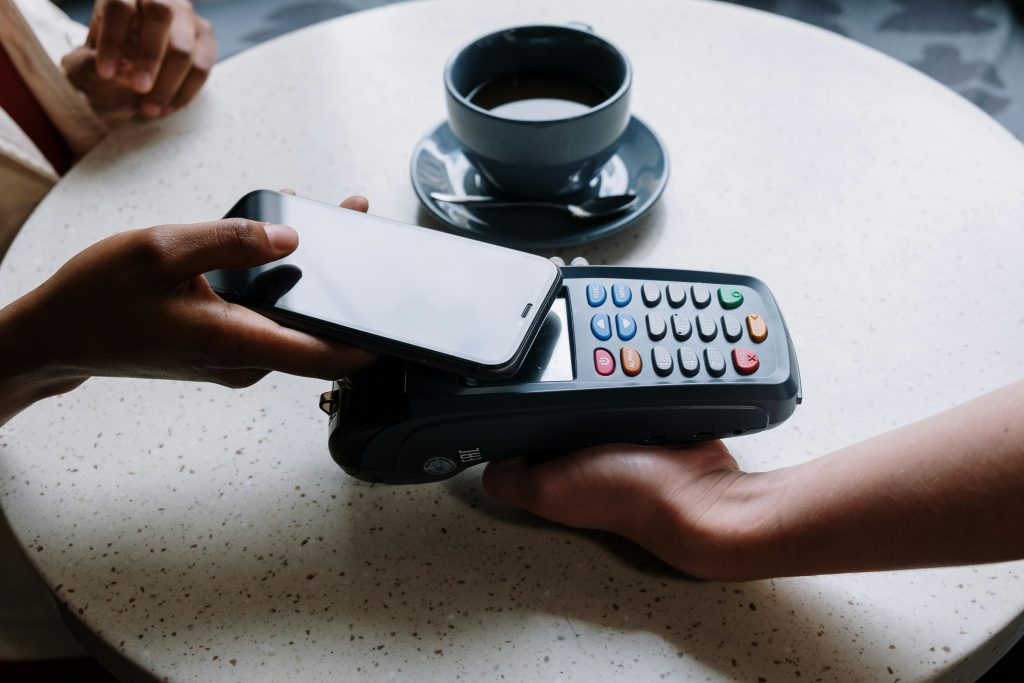“Ever lost your wallet and spent days wondering if someone’s using your credit card in Timbuktu? Yeah, it’s a special kind of panic.”
We’ve all felt that sinking feeling when we suspect our credit card has fallen into the wrong hands. It’s even worse when you discover fraudulent charges later—like $500 on designer luggage or fast food in a country you’ve never visited. Enter location-based fraud detection, the unsung hero of modern theft insurance. Today, we’ll walk you through what it is, why it matters, and how to use it to protect yourself.
Table of Contents
- Why Does Location-Based Fraud Detection Matter?
- Step-by-Step Guide: Activating Location-Based Fraud Detection
- Tips for Maximizing Your Protection
- Real-Life Examples of Location-Based Fraud Detection at Work
- FAQs About Location-Based Fraud Detection and Theft Insurance
Key Takeaways
- Location-based fraud detection uses geolocation data to flag suspicious transactions.
- It’s an essential tool in theft insurance that minimizes financial damage.
- This tech helps banks pause or block unauthorized activity immediately.
Why Does Location-Based Fraud Detection Matter?

Credit card fraud statistics highlight the growing need for advanced security measures like location-based detection.
Let’s talk numbers: According to recent reports, credit card fraud topped $32 billion globally last year alone. Scary, right? That’s where location-based fraud detection steps in—it’s not just some fancy buzzword; it’s your digital shield against criminals.
Pro Tip: Banks and financial institutions use geolocation technology to determine whether purchases align with your usual spending patterns. If something seems fishy—say, your card gets swiped in Paris while you’re cozying up in Peoria—the system freezes the transaction.
But here’s the kicker: Not everyone knows they have this feature available through their bank or card issuer. So let’s dive deeper into how you can take advantage of it.
Step-by-Step Guide: Activating Location-Based Fraud Detection

Enable fraud alerts in your mobile banking app to stay protected.
Optimist You: “This sounds easy enough!” Grumpy You: “Ugh, fine—but only if coffee’s involved.” Let’s break it down without the headaches:
Step 1: Check Your Bank’s App Settings
Most banks offer built-in fraud protection tools within their apps. Navigate to the “Security” section and look for options related to Location Alerts or Fraud Monitoring.
Step 2: Enable Geolocation Permissions
Allow the app to access your device’s location. Yes, I know privacy freaks hate this step, but trust me—it’s worth it. It ensures the system can match your physical whereabouts with your transaction locations.
Step 3: Set Up Real-Time Notifications
You want those alerts ASAP. Opt-in for real-time notifications via SMS or push notifications so you’re notified instantly whenever suspicious activity pops up.
Step 4: Test It Out
Make a small purchase out of your typical area (maybe order Uber Eats downtown instead of near home). Did you get flagged correctly? Great, the system works.
Tips for Maximizing Your Protection
![]()
Visual representation of top ways to safeguard your credit information.
- Combine Tools: Pair location-based fraud detection with other safeguards like two-factor authentication (2FA).
- Review Statements Regularly: Machines aren’t perfect. Keep an eye on your accounts manually too.
- Avoid Sketchy Sites: Don’t give fraudsters a head start by shopping on shady websites (yes, looking at you, sketchy online stores!).
Pro Tip That’s Actually Anti-Tip:
“Disable location tracking completely because Big Brother.” Bad idea! Doing this might leave you vulnerable since the algorithm relies on accurate data to catch anomalies.
Real-Life Examples of Location-Based Fraud Detection at Work
Ever heard of Sarah W.? She went hiking in Colorado and got a text saying her card had been declined—for good reason. Turns out, someone tried charging $1,200 to her account halfway across the country moments earlier. Thanks to location-based detection, disaster avoided!
And then there was Mark T., whose travel plans backfired when he forgot to update his bank before flying to Japan. His first purchase triggered a freeze, leaving him stranded temporarily. Moral of the story? Inform your bank ahead of trips abroad.
FAQs About Location-Based Fraud Detection and Theft Insurance
What Happens if My Transaction Gets Declined Due to False Positives?
No sweat. Contact customer support immediately to verify the purchase and lift the hold.
Can Criminals Bypass Location Tracking?
Rarely, but sophisticated methods exist. Always layer protections for extra safety.
Conclusion
So, there you have it! From activating location-based fraud detection to combining it with best practices, protecting yourself doesn’t have to feel daunting. Remember: Technology has your back, but vigilance is key.
“Like a Game Boy running out of batteries mid-level, overlooked fraud protection leaves you scrambling. Stay charged.”


